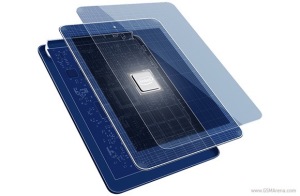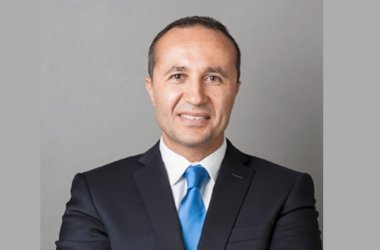 Intel will combine its PC and mobile processor divisions under one roof, reflecting a changing market in which the line between tablets and laptops has blurred.
Intel will combine its PC and mobile processor divisions under one roof, reflecting a changing market in which the line between tablets and laptops has blurred.The chip maker will form a new division at the start of next year called the Client Computing Group, which will include the teams that develop its Core processors for desktops and laptops, as well as those that develop its Atom chips for smartphones and tablets.
The changes were announced Monday in an internal email from CEO Brian Krzanich, Intel spokesman Chuck Mulloy said. They’re designed to improve lines of communication between product teams and help Intel better reach manufacturers that use its products.
“The market continues to evolve rapidly, and we must change even faster to stay ahead,” Krzanich said in the email, according to the Wall Street Journal, which first reported the news.
Until recently, Intel served the PC market with its powerful Core processors and the smartphone and tablet markets with its low-power Atom chips, but those lines are no longer so clear. The emergence of hybrid computers, which can switch between a laptop and a tablet, has done much to blur the boundary.
Intel’s Core M processors, for instance, are used in traditional laptops but also in hybrid computers and tablets. The current structure of the company no longer matches where the market is headed.
“Industry-wide, the lines have been blurring,” Mulloy said. “The question is whether we’re organised to map to where the market is going.”
The changes will be made sometime after 1st January, he said. Kirk Skaugen, who leads what’s currently called the PC Client Group, will run the Client Computing Group when it’s formed.
The Mobile and Communications Group, as it’s known, will be broken up. The teams that develop mobile processors will join the new client group, while the remainder, which builds modems, will be part of a new wireless R&D group.
Herman Eul, who leads the mobile group today, will oversee the move to the new structure until at least the end of the first quarter, with a new role for him to be announced after that, Mulloy said.
The reorganisation comes as Intel battles to improve its position in the market for smartphones and tablets, which is dominated by chips based on designs from Arm Holdings, a U.K. competitor.
The Mobile and Communications Group reported an operating loss of more than $1 billion in the third quarter, in part because it’s been making payments to tablet makers to encourage them to use its chips. As a result of those and other efforts, Intel has said it aims to get its processors into 40 million new tablets this year.
The implications for financial analysts, including how Intel will report sales for the new groups, are still being decided, Mulloy said.





